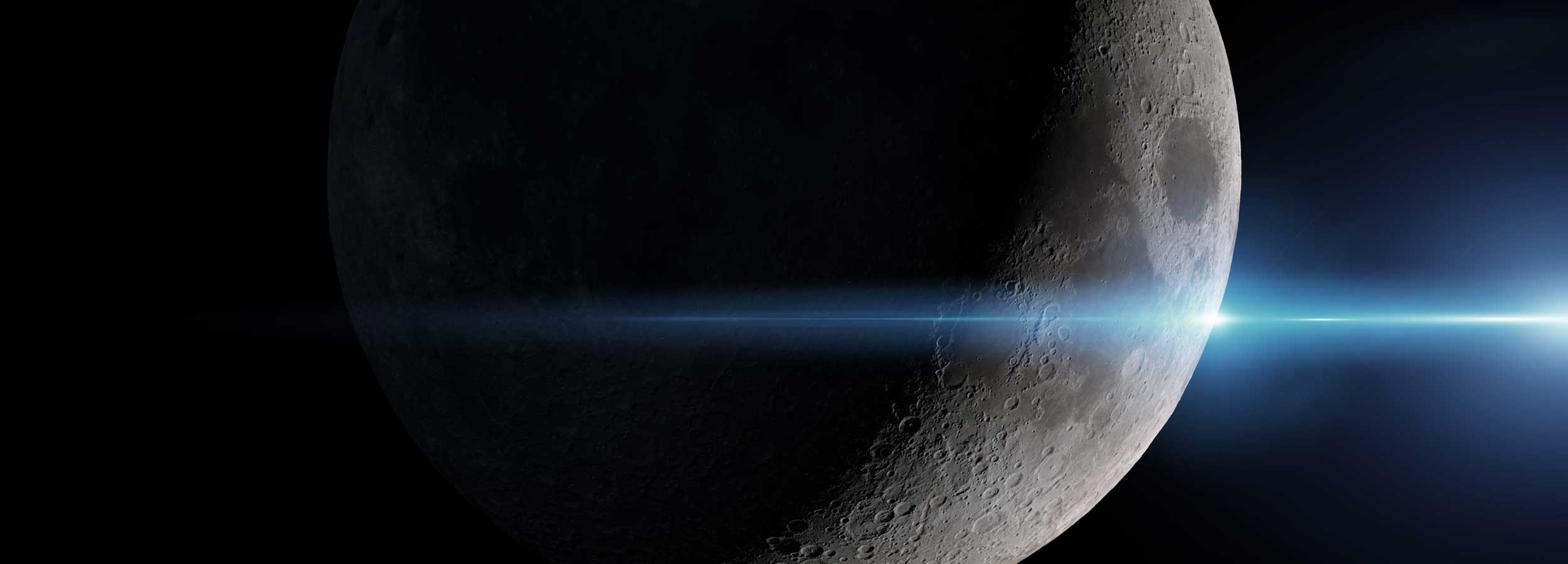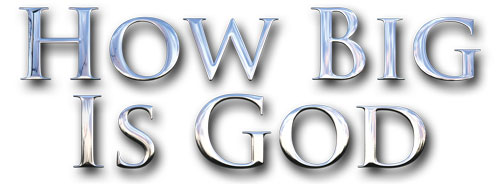
OBSERVING THE MOON
Checking out the Moon Tonight
The Moon was created on the 4th day of creation and is referred to in Genesis 1:16 as the lesser light. “And God made two great lights; the greater light to rule the day, and the lesser light to rule the night: he made the stars also.”
Phases of the Moon
The Moon always looks impressive when viewed through a telescope. Even a small telescope brings out beautiful detail on the Moon's surface. The reason for this is simple - the Moon is close to us. “Close” in this case is a relative term, of course, because the Moon is actually about 250,000 miles away from the Earth!
The relative nearness of the Moon makes it a great target for anybody with a telescope or a pair of binoculars. In fact, you can identify about a dozen features of the moon with the naked eye. Of course, it's always more fun when you know what you're looking at. As a note of encouragement - learning about what you are looking at and even planning a few targets to look for when you start observing the Moon will make your viewing time infinitely more rewarding.
Phases of the Moon
Every month, the Moon circles the Earth, and we watch it go through its cycle of phases. The graphic to the upper right shows the Moon’s phases. When the Moon is completely dark, it is called the “new Moon.” This is the first part of its phases. The phases then proceed as follows:- New Moon (Moon is dark)
- Waxing Crescent (Moon looks like a crescent)
- First Quarter (Moon is exactly half-lit)
- Waxing Gibbous (Moon's bright part grows past the half-way point)
- Full Moon
- Waning Gibbous (Moon's bright part wanes-opposite to the waxing sequence)
- Third Quarter (Moon is exactly half-lit on the opposite side as 1st quarter)
- Waning Crescent - Moon is a crescent on the opposite side as the waxing crescent phase

Near the terminator, the moon's surface details are the most dramatic because the Sun's light is casting shadows on the lunar surface. As you look away from the terminator onto the Moon's bright side the surface appears smoother, because it is being illuminated by a higher Sun that casts few shadows.
The large grey parts of the moon that you can see with your naked eye are called maria (MAH-ree-a). This is the Latin plural of mare (MAH-ray), which means “sea.” In 1651 the Italian astronomer Giambattista Riccioli gave them fanciful names such as Mare Tranquillitatis (“Sea of Tranquillity”) and Oceanus Procellarum (“Ocean of Storms”) — of course, today we know that these are not seas or oceans, but the names have stuck.

Moon’s Maria
The Moon map on this page points out the major maria. (Click on the Moon map to see a larger image) These are the Moon's most important geographical features and you can easily learn them with a pair of binoculars or a small telescope. If you made it a point to memorize one or two of them each night, it will only be a matter of time before the Moon's geography becomes as familiar to you as the major continents on Earth.
It will be easy to memorize the maria since we always see the same side of the Moon. This is because the Moon's rotation period is gravitationally locked to the Moon. Imagine tying a string to a ball and then spinning the ball around your head - the same side of the ball would always face you - just like the Moon!

Moon Craters
Some of the Moon's other features are mountain ranges and individual peaks. Canyon-like cracks, also called rilles, are sometimes visible, particularly around mare edges. If you look carefully near the terminator you might see some low wrinkle ridges winding across the maria.
Important Tip Regarding Moon Maps
Many astronomy books include Moon maps, and the new astronomy software can create customized Moon maps for your use. Usually, the maps will show you what the Moon looks like when you are looking at it with the naked eye or with binoculars. The problem is that most telescopes use mirrors that cause the Moon to have an upside-down or mirror-image view. Sometimes, you have both! When looking at the Moon map, simply remember this fact and look on the opposite side of the map.ADDRESS:
4th Day Alliance
1908 E Osceola Pkwy #222
Kissimmee, FL 34743
(689) 888-7944
4th Day Alliance
1908 E Osceola Pkwy #222
Kissimmee, FL 34743
(689) 888-7944

